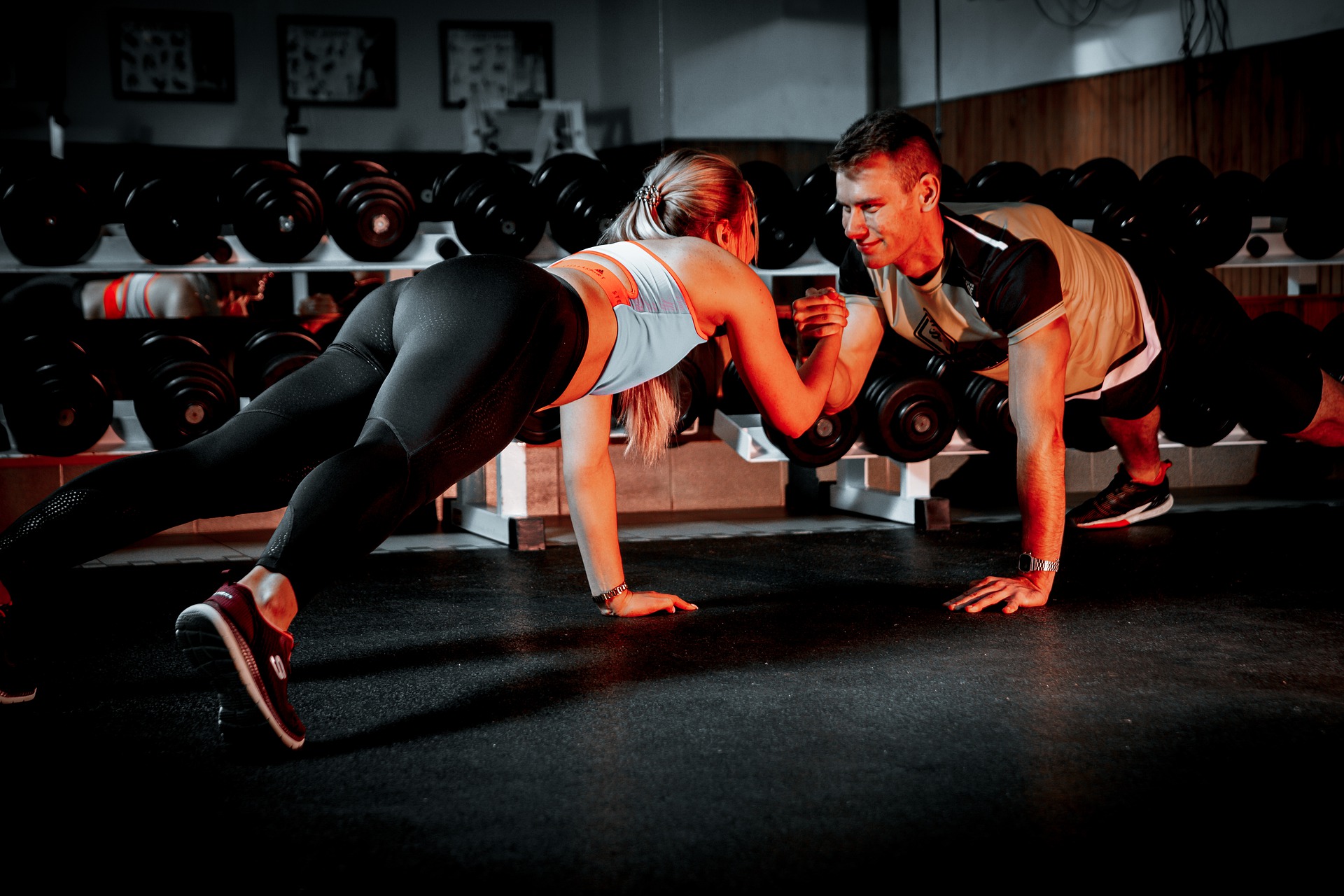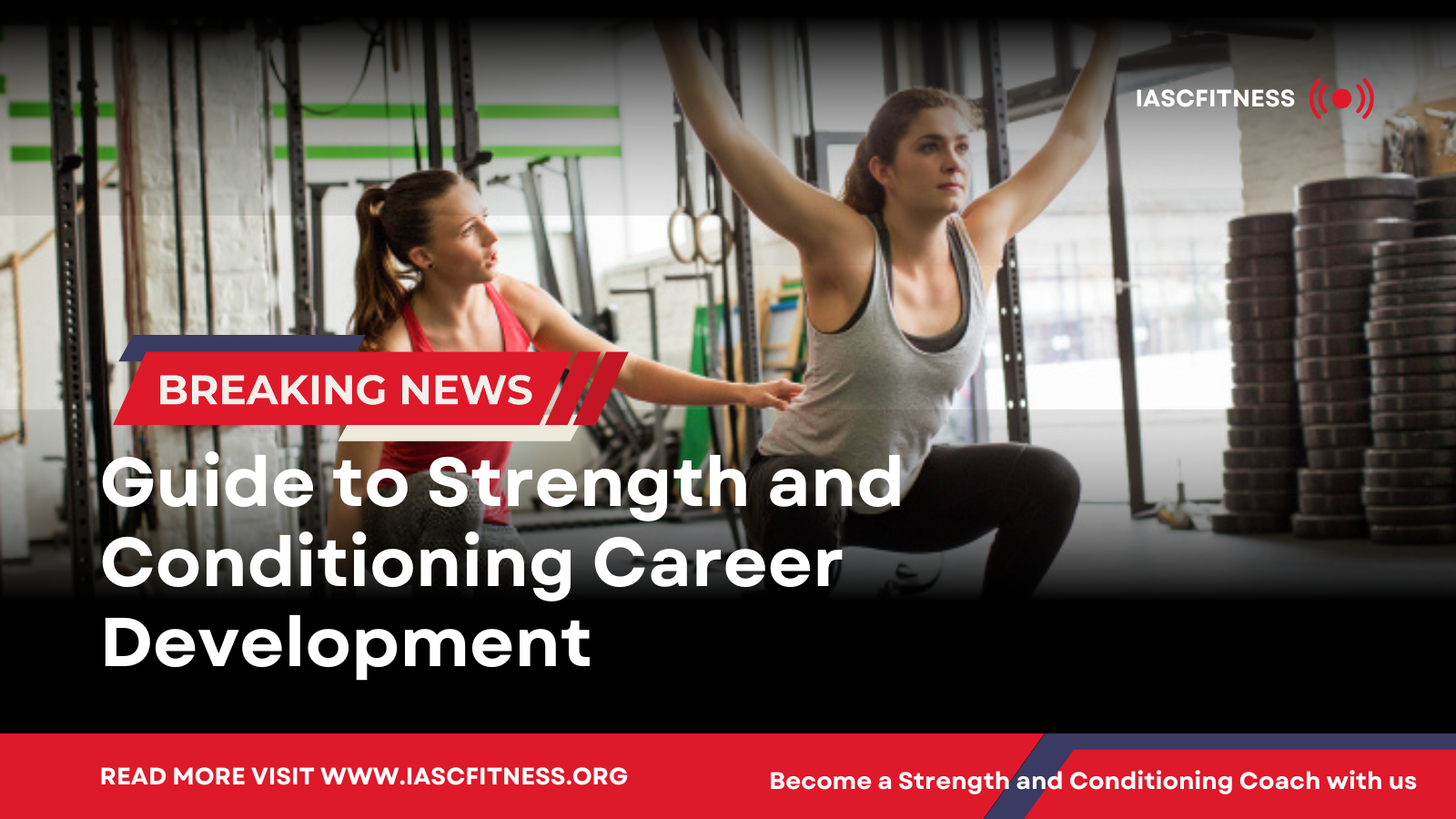The posterior chain muscles live on the backside of your body and include the glutes, hamstrings, calves, erector spine, lats, and rear shoulder muscles.
But What Is the Posterior Chain?
The posterior chain refers to the muscle groups located on the backside of the body, from your upper back to your calf muscles, including the latissimus dorsi (the largest muscle in the back), erector spine (muscle group that runs along the spine), hamstrings, and gluteus Maximus. The posterior chain controls the backward force and helps stabilize your spine and hips, keeping the body upright. The posterior chain works in tandem with the anterior chain, which focuses on the front side of the body and controls forward movements and pushing.
Maintaining a strong posterior chain is critical for good posture and building powerful athletes.
Even if you think you’re doing a full-body workout, chances are you’re paying more attention to the front half of your body than to your back. After all, that’s the side you see most often when you look in a mirror or put on clothes.
This can create imbalances over time and make your gym sessions less effective.
That’s because those posterior chain muscles in the back of your spine and legs are some of the largest and potentially strongest muscles in your body. They include your glutes, the calves and hamstrings in your legs, the latissimus dorsi in your middle and upper back, and the erector spine that run up both sides of your spine.
Fortunately, there are many ways to target these muscles. In fact, whether you prefer yoga or lifting weights, there are probably movements you already know that you can start doing more consistently to shape up the back half of your body.
Upgrade your workouts by using these tips for training your posterior chain.
Benefits of Training Your Posterior Chain:
- Enhance sports performance. A powerful posterior chain creates strength and speed. You can jump higher and run faster.
- Prevent injuries. Weak glutes can affect your posture. If your rear end tends to stick out behind you when you’re trying to stand up straight, you may develop aches and pains in your knees and lower back.
- Relieve stress from sitting. How did your posterior chair become so vulnerable in the first place? Prolonged sitting puts strain on your back and glutes. Take a break every 30 minutes to move around for at least a minute.
- Burn calories. If you’re trying to lose weight, you’ll find that posterior chain exercises are great for torching calories. That’s because they usually involve compound movements that require multiple large body parts to work together.

How to Train Your Posterior Chain?
- Try deadlifts. This productive movement isn’t just for bodybuilders and weightlifters. Hold a barbell on the floor in front of you as you stand up with your knees bent. Keep your back straight as you lift the bar and carefully lower it back to the ground.
- Lunges: Stand tall, with your feet hip-width apart. Extend your right leg behind you and come into a lunge position. Swap legs and repeat on the other side.
- Pull-ups: Pull-ups target the lats and the upper body. With a sturdy bar in place, fully extend your arms to reach the bar with your palms facing out. With a steady grip, lift your body upwards until your chin clears the bar, then lower your body back down.
- Glute bridges: Glute bridges target the lower back, glutes, and hamstrings and are suitable for those who have difficulty performing squats. To perform a glute bridge, lie flat on your back, bending your knees. From the starting position, thrust your pelvis up, then lower slowly back to the ground. You can lay a barbell across your hips and lift with the same movement pattern to increase resistance.
- Kettlebell swings: Place the kettlebell between your heels, with your feet shoulder-width apart. Bend at your hips until you can reach the kettlebell, pick it up, then explode your hips forward, swinging the bell no higher than your chest.
- Cobra: Similar to the Supermans, start by lying face down. This time your arms will be by your side and you will rotate your hands so the thumbs are pointing up at the roof. Slightly lift your chest off the ground, squeezing the back and glute muscles. Hold for 30-60 seconds and repeat 3 times.
- Raise your calves. Calf raises are ideal for your lower legs. Start out by standing on the edge of a step. Lower your heels down and rise back up on your toes.
- Go rowing. Whether you use a boat, machine, or dumbbells, rowing motions engage your back too. In fact, some experts believe that rowing machines reach 84% of the muscles in your body, which may be as close to a full-body workout as you can get.
Give your posterior chain muscles equal time when you’re working out. You’ll be rewarded with greater strength and stability.







